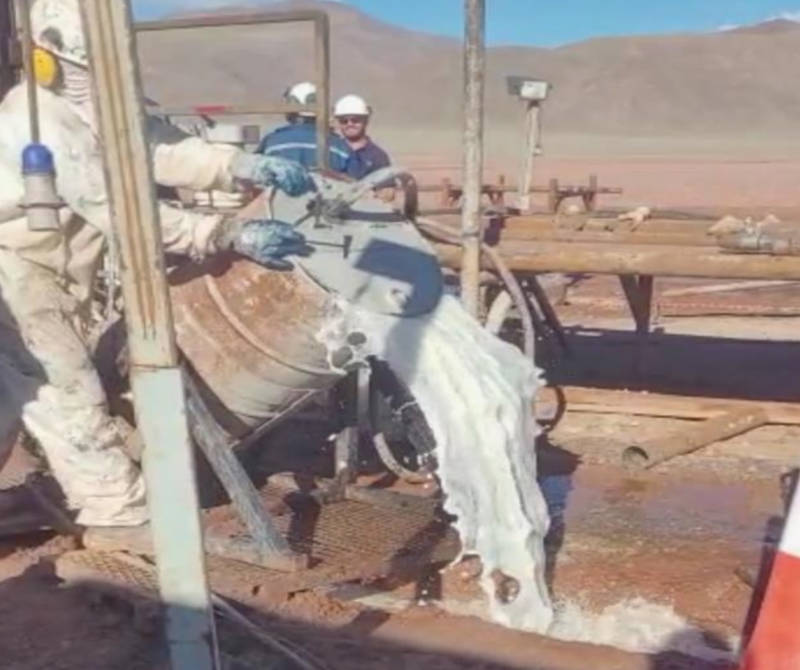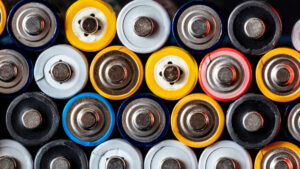C29 is in the flow as first lithium hole pumps brine from 30m aquifer

The first hole has intersected a 30m aquifer that flowed more than 2,000l/hr of brines. Pic via Getty Images.
C29’s maiden hole since pivoting towards lithium in October last year has intersected a 30m brine aquifer at its Pocitos 7 project within Argentina’s Salta Province.
While the lithium content remains unknown – with brine samples taken for assaying and testing using Ekosolve direct lithium extraction technology, flow testing of the aquifer that was intersected from a depth of 370m achieved a pumping rate of more than 2,000 litres an hour using a 49mm pipe and a submersible pump.
This is a strong indicator that the aquifer is easily capable of delivering brine flow rates required for production should assaying prove that lithium is present in the desired quantities.
“We are extremely pleased to intercept brines and have hit a 30m or more aquifer zone at Pocitos 7 and have such a healthy pump rate particularly given the size of the pipe and pump utilised,” C29 Metals (ASX:C29) director Jeremy King said.
“The team are currently doing SG measurements on the brine and we await the laboratory analysis to determine lithium content. Subject to those results, we intend to continue our exploration program with a view to rapidly establishing a mineral resource estimate at Pocitos 7.”
A second hole is being planned and may be supplemented with an audio telluric survey that will penetrate down to 500m to ensure that DDH2 at Pocitos 7 is optimally located.

Lithium brine projects
The company secured the option to acquire 80% of the Pocitos 7 and Pocitos 9 exploration licences in October 2023 within the Salta Province, which is located within South America’s famous lithium triangle that supplies a majority of the world’s lithium.
Significant logistical infrastructure is already in place at the projects, allowing transport of refined lithium carbonate through a major port.
Prior to the company’s entry, previous exploration included surveying of four TEM-VES profiles across the two licences that successfully identified a significant low-resistivity zone at depth which is interpreted as being a large aquifer hosting the target lithium-charged brines.
C29 plans to use DLE technology to extract lithium from the brines rather than taking the traditional route which involves the use of evaporation ponds.
This article was developed in collaboration with C29 Metals (ASX:C29), a Stockhead advertiser at the time of publishing.
This article does not constitute financial product advice. You should consider obtaining independent advice before making any financial decisions.
Related Topics

UNLOCK INSIGHTS
Discover the untold stories of emerging ASX stocks.
Daily news and expert analysis, it's free to subscribe.
By proceeding, you confirm you understand that we handle personal information in accordance with our Privacy Policy.








